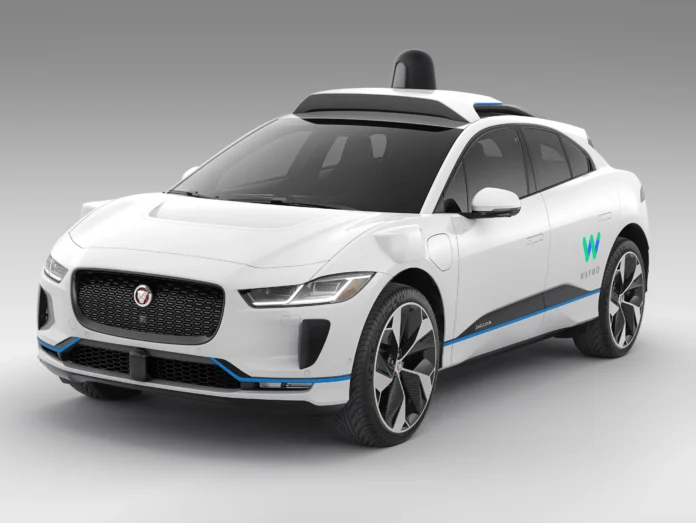
Waymo has brought their self-driving technology to the forefront of the social world in San Francisco. In this article I hope to lear how experiences compare to those in I want to focus on this innovation because I believe the societal want for seamless and personalized experiences can have a strong correlation to how people approach their finances.
For many Americans, the kerfuffle over robotaxi services can feel foreign, since many of them still aren’t widely accessible across the country. But the companies behind these services are slowly working to take self-driving car rides into the mainstream, and locals and tourists are quickly learning to embrace them in cities such as San Francisco, Los Angeles and Phoenix. Ethan Teicher, a spokesperson for Waymo said Thursday it currently serves about 100,000 paid rides per week.
Cost
Riding in a futuristic robocar sounds like it should cost a ton — but it doesn’t. On the whole, Waymo rides were competitive with the base fares offered by Uber and Lyft.
In fact, in our ride testing, we often found that Waymos were the ones we ultimately paid the least for. That’s not very surprising, though: Waymo has no tipping mechanism since, after all, who exactly would you be thanking financially?
Safety
Sketchy rides are — unfortunately — still common.
Waymo’s lack of a driver erases some ride-hailing anxiety, such as potentially getting a creepy driver or a stranger knowing your home address (or the classic paranoia of thinking you’re getting kidnapped when your driver accidentally takes a wrong turn.)
However, when met with unforeseen obstacles during our rides, the artificial intelligence sometimes lagged before figuring out its next move, making passengers nervous and other drivers angry.
Speed
For chill, leisurely rides, Waymo is a great way to get around. But if you’re in a hurry, human drivers are your best bet.
In our tests, rides with the robotaxi service almost always took the longest — a possibility Waymo nods at on this support page, which mentions that pickups and travel ETA may be affected by the “extra time and care” these cars take. Unlike drivers who may bend the rules of the road if you’re in a hurry, Waymo’s programming doesn’t allow any cut corners, following every sign and posted speed limit — which might add extra time to your ride.
Experience
Waymo’s self-driving model is an introvert’s dream: free of awkward, uncomfortable, sometimes even invasive small talk with a driver.
The experience of riding a Waymo was very consistent, in our tests.With no one behind the wheel of the company’s self-driving Jaguars, you’re free to focus on your phone or the people around you. And thanks to user-accessible touch screens, you’re able to directly control cabin temperature and music. You will never have to remind someone to pop the trunk if needed, either — if you open it to load something at the beginning of the ride, it’ll automatically open once the ride ends (Velazco et al., 2024).
In looking back on this article I found that there are some common themes in the different facets of the Waymo technology. Although self driving cars can leave the passenger uneasy at times, the lack awkward interaction and road rage counteracts these issues. You are given a sense of privacy, false privacy at times, that has never been seen in the public transport sphere before. Because of these positives given to the customers in Waymo vehicles they have been a great success seeing about 100,000 rides per week (Velazco et al., 2024). Where the human interaction lacks, in these sometimes uncomfortable situations, Waymo picks up on the “introverts dream” (Velazco et al., 2024). How then can design create solutions that allow for seamless and comfortable interactions with the lack of human interjection?
Source
Velazco, C., Jimenez, A., & Abril, D. (2024, September 12). Waymo vs. uber and lyft: How cost, speed and experience differ – The Washington Post. The Washington Post. https://www.washingtonpost.com/technology/2024/09/12/waymo-vs-uber-lyft-cost-speed-robotaxi-rideshare/



